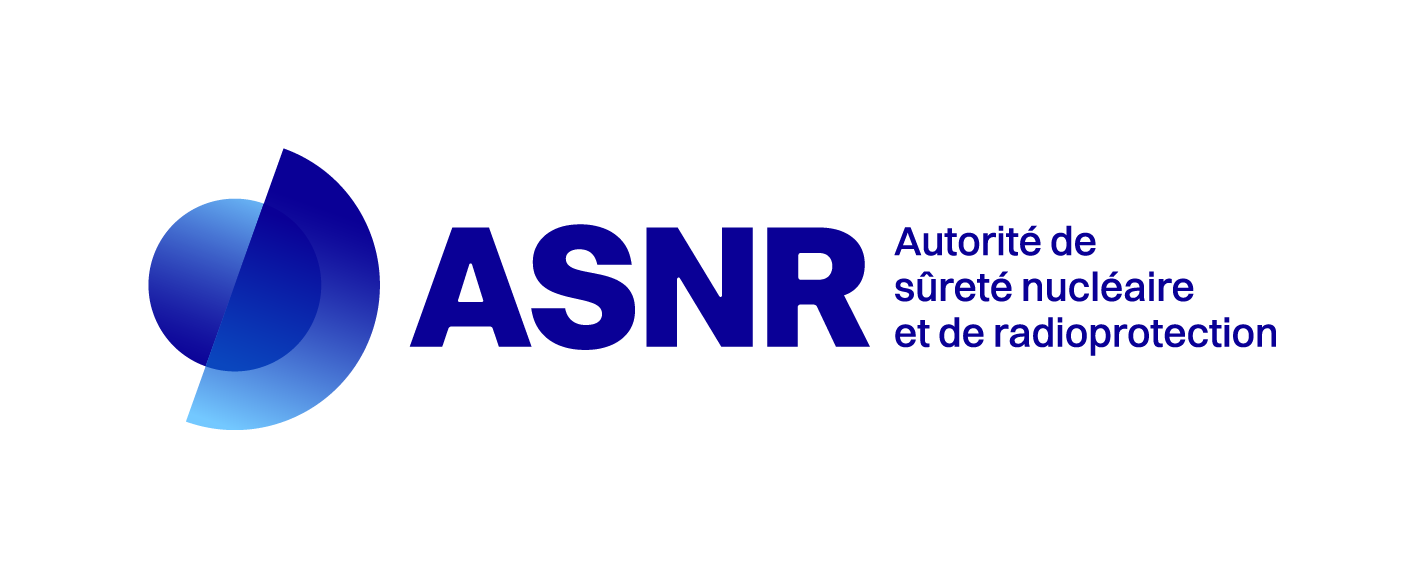Passage of uranium through human cerebral microvascular endothelial cells:influence of time exposure in mono- and co-culture in vitro models
Résumé
Purpose: Depleted uranium (DU) has several civilian and military applications. The effects of this emerging environmental pollutant on human health raise some concerns. Previous experimental studies have shown that uranium (U) exposure can disturb the central nervous system. A small quantity of U reaches the brain via the blood, but the effects on the blood-brain barrier (BBB) remain unclear.
Materials and methods: In the present work, two cell culture models were exposed to DU for different times to study its cytotoxicity, paracellular permeability and extracellular concentration of U. The well-known immortalized human cerebral microvascular endothelial cells, hCMEC/D3, were cultured on the filter in the first model. In the second model, human primary cells of pericytes were cultured under the filter to understand the influence of cell environment after U exposure.
Results: The results show that U is not cytotoxic to hCMEC/D3 cells or pericytes until 500 µM (1.6 Bq.L−1). In addition, acute or chronic low-dose exposure of U did not disturb permeability and was conserved in both cell culture models. However, U is able to reach the brain compartment. During the first hours of exposure, the passage of U to the abluminal compartment was significantly reduced in the presence of pericytes. Electronic microscopy studies evidenced the formation of needlelike structures, like urchin-shaped precipitates, from 1 h of exposure. Analytical microscopy confirmed the U composition of these precipitates. Interestingly, precipitated U was detected only in endothelial cells and not in pericytes. U was localized in multilamellar or multivesicular bodies along the endo-lysosomal pathway, suggesting the involvement of these traffic vesicles in U sequestration and/or elimination.
Conclusions: We show for the first time the in vitro passage of U across a human cerebral microvascular endothelial cells, and the intracellular localization of U precipitates without any cytotoxicity or modification of paracellular permeability. The difference between the results obtained with monolayers and co-culture models with pericytes illustrates the need to use complex in vitro models in order to mimic the neurovascular unit. Further in vivo studies should be performed to better understand the passage of U across the blood-brain barrier potentially involved in behavioral consequences
| Origine | Fichiers produits par l'(les) auteur(s) |
|---|---|
| Licence |



